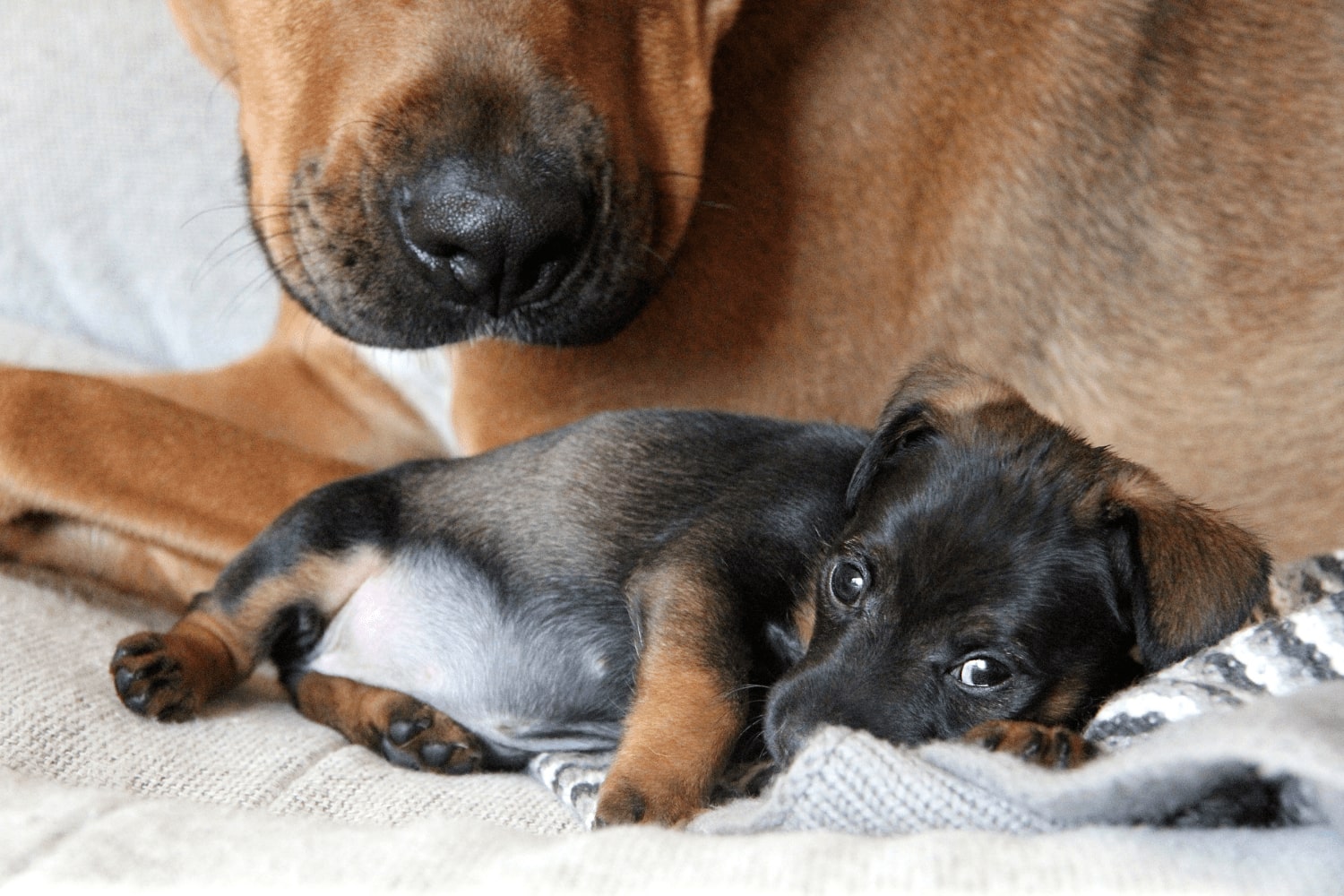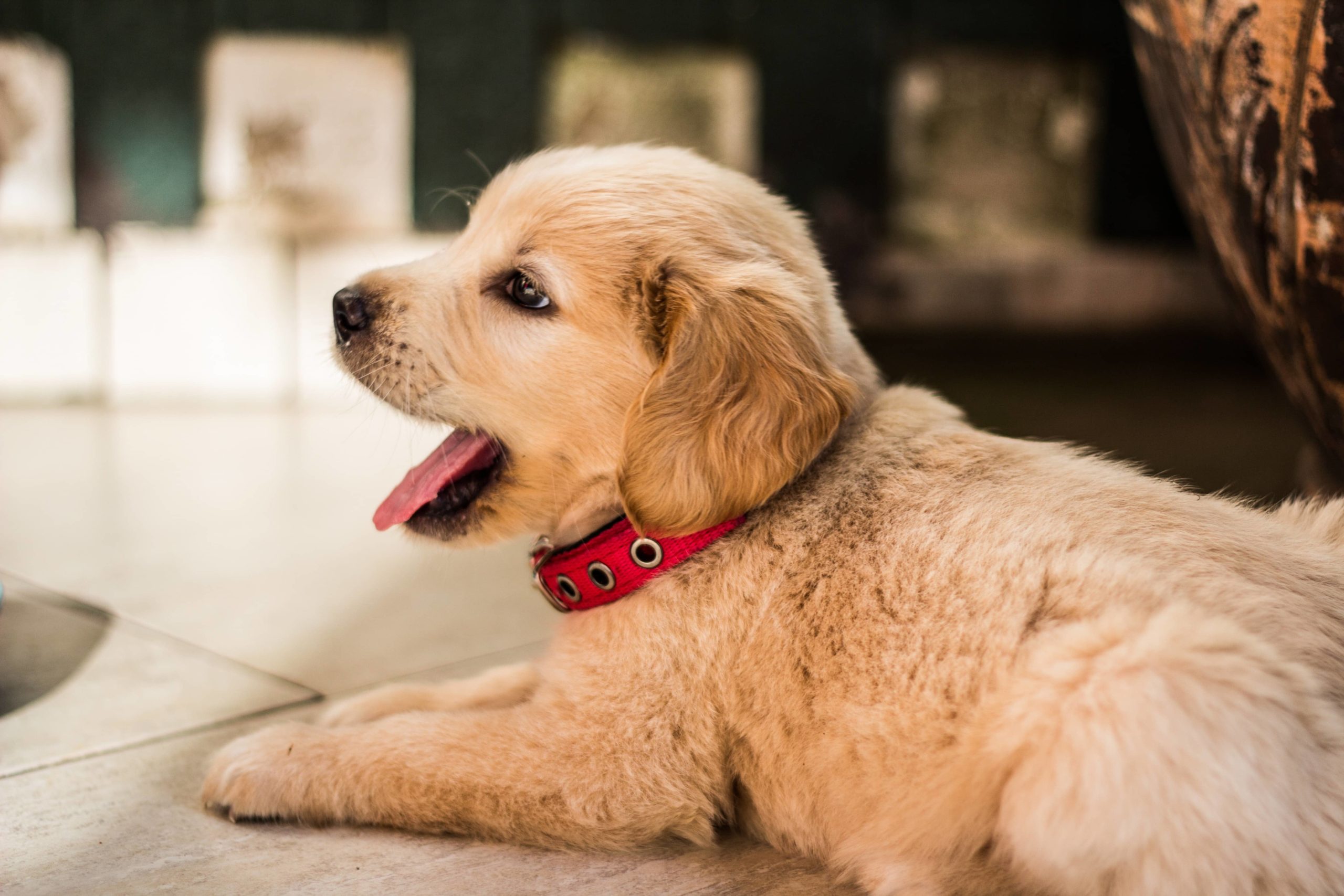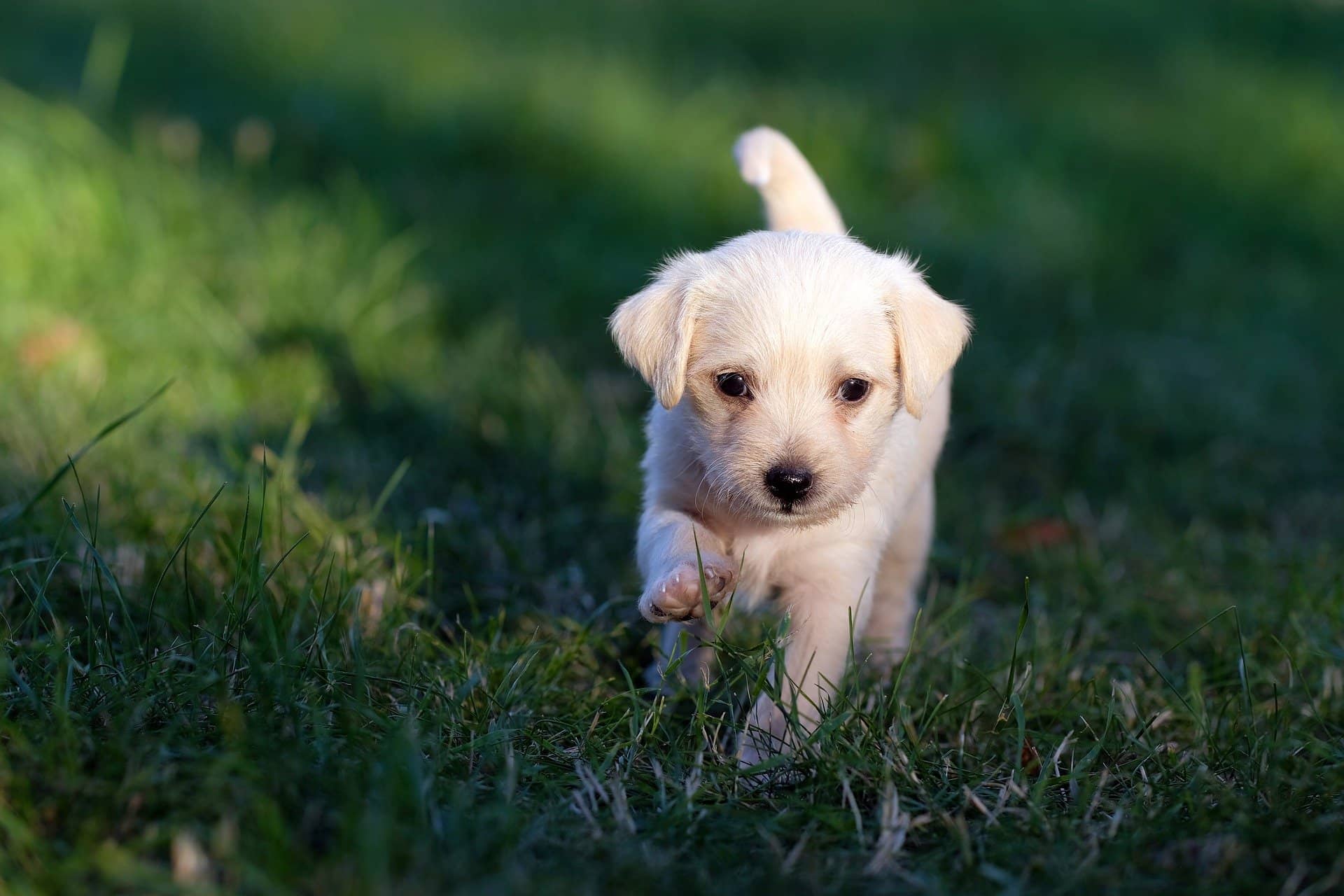Adding a new furry member to your family is always going to be a fun and exciting time. Puppies are a big bundle of joy, but they are also a long term commitment, so it’s important you find a dog that is suitable to you and your family. You must take the time to research dog breeds to find one that fits your lifestyle, then find and contact a reputable breeder. This is the first, and most important, stage of finding a dog that is happy and healthy. In this blog post, we’ll take you through some of the things you should think about and do whilst choosing a puppy, to help ensure that you make the right choice, and you and your new pup can live happy lives together for years to come. From visiting them with their mother, to making sure that they’re as healthy as can be, there are several steps that you can take to make sure that you’re choosing the right dog for you, who will be a loving companion with a great personality and health! So, if you’re thinking of making a new addition to your family, keep on reading for more information about how to make that choice from the experts…
Visiting the Litter
- It’s a good idea to try to visit the puppies as a littler from around four weeks of age. This way you can see the puppies all together, and watch how they interact with each other and their mother dog before they are sent to their new homes. Even after your first visit, you should make sure that you visit them regularly so you can see how they develop over the next four weeks.
- On the first visit to the litter, you should stand at a distance and just observe them. By doing this, you can simply watch to see if they are playing nicely or if there are signs of aggression towards others or their toys.
- Observe the mother and puppies together. Does she seem happy for you to look at them? If not, and she is being protective, this trait might be inherited by the pups. The mother should always be there when you visit, so you can witness these characteristics. If she is not present, this is a big red flag, so always ask why not.
- A reputable breeder should be knowledgeable about the general health and demeanour of the litter and should be confident about the health of the mother. As the breeder has watched them grow, they will be able to advise you on their individual characteristics when choosing a puppy. Always ask questions about the parent dogs and their history so you can get an idea of what to expect from the puppy you choose.
- Next, you should also watch the puppies feed. Puppies should ideally be fed separately or in small groups. If they are fed communally they may develop food guarding behaviours which can cause issues later on in life.
- Look to see where the puppies are toileting. The breeder should already be teaching the puppies to toilet in a designated place. If they are fouling their beds or playpen, then the puppies will need significant training later when they are at home with you!

Choosing a puppy with a personality type that’s right for you
- When you’re visiting amongst the puppies, which ones approach you? If there is a puppy that sits back and waits, then he/she is unlikely to be as comfortable in a busy family home. This is a dog that might be better suited to a quieter or adult-only home- which might be perfect for you, but it’s something to be aware of if you’re looking for a family dog.
- Is the puppy readily excitable, excessively bitey or showing the signs of pushy behaviour? If so, and the pup is like this every time you visit them, then this is a puppy that might need extra attention, care and training. They are likely to be a very bright dog. So, this pup will probably be more suitable to go home with an experienced dog owner, who has the time and desire to teach them correct behaviours to channel this energy and intelligence.
- Is the puppy comfortable being picked up? If they are loose, relaxed and playful then this puppy is fine being handled. However, if the dog is stiff or immediately struggles then it would indicate that they are uncomfortable with the situation. A puppy like the latter will be unsuitable for young families as children like to cuddle and handle their furry playmate, which may be too much too soon for this particular puppy. They will be more suited to a household that has the time to teach them (at their own pace) that being held is a good interaction.
- Is the puppy looking for conflict among the rest of the litter? This is a bad behaviour and could mean the puppy is domineering and will be hard to manage. This puppy will need to be taught and trained well in a setting where they are able to socialise with other dogs. Good behaviour training is likely to be necessary.
- Remember you might observe these behaviours one week but not the next; there are a number of factors that can change a puppy’s mood. That’s why it’s a good idea to visit them regularly and ask the breeder- they will know the overall characteristics and demeanour of every puppy in the litter.
Checking the pup’s physical health
- It is a good idea to do an all-over check of your chosen puppy. He/she should be a good weight, meaning that they will look nice and round- not fat, and not skinny. Even naturally thin breeds like greyhounds are lovely plump little pups until around four months of age. Notice the gait too, to check the health of the pup’s bones and joints.
- Check the pup’s eyes, ears, mouth and rear end. A healthy puppy will have bright, clear eyes, smooth ears and clean gums, teeth and coat.
- Conduct visual and hearing tests. To make sure the pup can hear and see properly it’s ok to conduct tests. Separate the puppy from the rest of the litter and gently clap your hands together behind him, if it startles him or he turns then you know he can hear well. To test his vision, roll a ball in front of him and watch to see if he interacts with it or follows it with his eyes.
- Check to see how the puppy is breathing. A healthy dog will breathe quietly and smoothly, without coughing or sneezing too much.
- After a few days of bringing your new family member home, be sure to take them to the vet. The breeder should have provided you with a copy of the puppy’s vaccination and worming record. It’s a good idea to keep your puppy at home, except for short visits to the vets, until he is 12-16 weeks old. As newborns, puppies get their initial immunity to disease from their mother, but as they get older they will need vaccines from the vet. So try to keep them at home until they are 16 weeks of age to keep them safe and well.

As you can see, there is plenty to think about when it comes to choosing a puppy. Having said this, it doesn’t have to be a stressful experience- it should be fun picking out your new best friend! While you do need to make sure that your puppy is happy, healthy, and has the right personality for you, every family is after something different and there will be a puppy out there to suit you. Just bear in mind your gut feeling. If something doesn’t feel quite right about the puppy, breeder, or environment, then it’s best to simply walk away! The right puppy for you and your family will be out there somewhere. And, by following these steps, you are more likely to be able to find them and welcome them into your home!
Once you’ve chosen your puppy, you also need to make sure that you have the correct training practices in place, to help them develop into loving, well-rounded, and well-behaved dogs. Royvon has been a family run business for over 60 years. We specialise in training dogs of all kinds, from puppies up until adults! Also, we work with dogs encountering all sorts of issues, from basic puppy training needs to severe anxiety and aggression. To find out more about us and the different training programmes that we offer, simply visit our website, or get in touch today to discuss your individual needs.




[…] gradually take away unused mats. The second is to establish one place for a toilet and direct the puppy to it whenever we think it is getting ready for a toilet. The first method spoils the interior […]
[…] is release it. This will only teach it that with its loud behaviour it gets the door open. If the puppy starts protesting in the crate, wait until it calms down and then release it. However, this […]